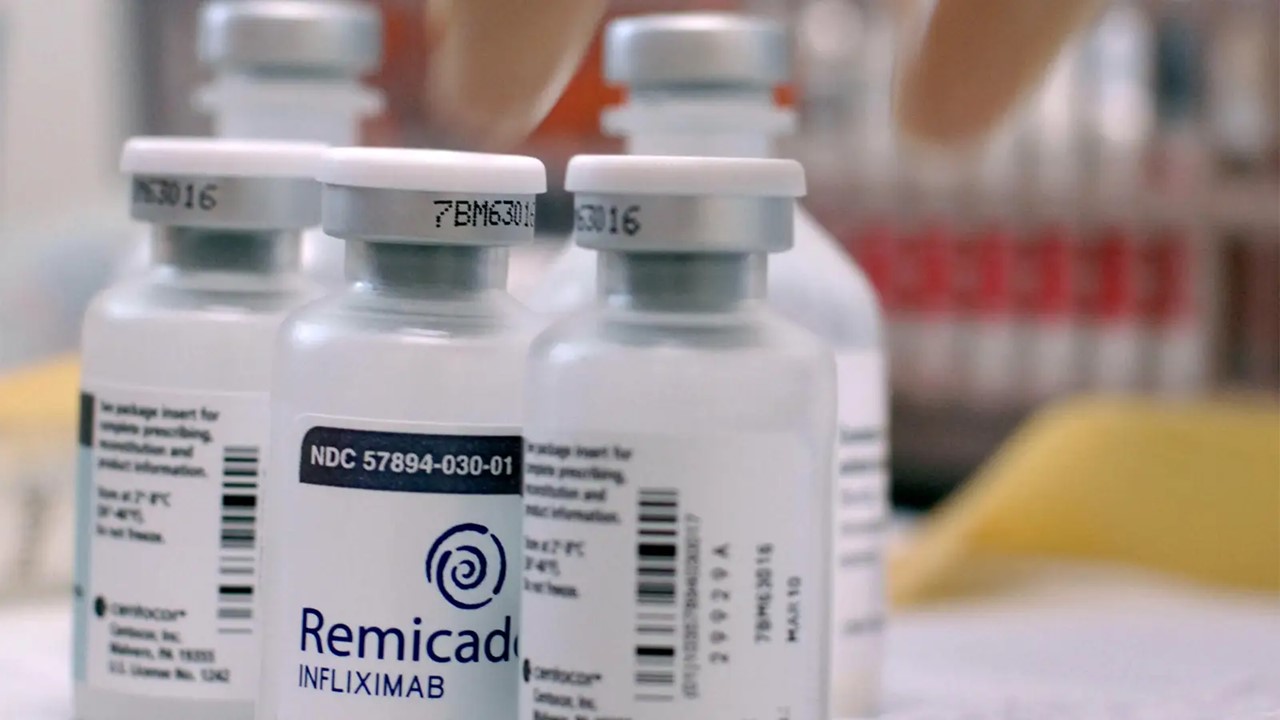The blood-brain barrier poses a challenge for delivering therapies to the brain after a stroke. However, a recent study published in Molecular Therapy has revealed a promising approach using lipid-ligand conjugated DNA/RNA heteroduplex oligonucleotides. These specialized molecules, when linked to alpha-tocopherol (TOC), demonstrated preferential uptake into areas of stroke damage, providing a potential avenue for targeted stroke therapies.
Overcoming Time Constraints
Time is of the essence in stroke treatment, limiting the effectiveness of current therapies. The exploration of antisense oligonucleotides offers new possibilities for extending the treatment window. These molecules can modulate RNA, promoting the production of beneficial proteins or suppressing harmful ones. However, precise delivery to the affected brain region remains a challenge, prompting researchers at Tokyo Medical and Dental University to investigate innovative solutions.
The Role of TOC
The researchers developed a DNA/RNA heteroduplex oligonucleotide (HDO) and linked it to either cholesterol or TOC. Mice with experimentally induced stroke were injected with these conjugates to evaluate their brain uptake. Surprisingly, TOC-linked HDO exhibited significantly higher levels exclusively in the stroke-lesioned side of the brain, while cholesterol-linked HDO was found in both sides. This indicates the specific affinity of TOC for increasing HDO uptake in stroke-affected regions, unlike cholesterol. Furthermore, by silencing a beneficial gene in stroke using TOC-linked HDO, the researchers observed larger areas of stroke-related damage in the treated mice.
Targeted Protein Modulation
The findings highlight the safety and preferential uptake of TOC-linked HDO in stroke-damaged areas. The ability to customize HDOs to target different genes opens possibilities for the up- or down-regulation of protein expression post-stroke. With limited stroke therapies addressing post-stroke pathological processes, this targeted delivery method holds great promise. Increasing anti-inflammatory proteins and reducing inflammatory proteins in the stroke-lesioned brain can mitigate secondary damage, leading to improved recovery and reduced disabilities.
Conclusion
As researchers delve deeper into the development of stroke therapies, the use of lipid-ligand conjugated DNA/RNA heteroduplex oligonucleotides offers a groundbreaking strategy. The preferential uptake of TOC-linked HDOs in stroke-affected areas presents a potential avenue for precise modulation of protein expression post-stroke. By harnessing the power of targeted delivery, scientists aim to enhance stroke recovery and ultimately transform the landscape of stroke treatment.
Study DOI: 10.1016/j.ymthe.2023.01.016
Subscribe
to get our
LATEST NEWS
Related Posts

Chronic & Debilitating Diseases
Renopathology Tipping Point: Deciphering the Molecular Code of Stage 2 Chronic Kidney Disease
The molecular events of Stage 2 CKD, from inflammation to lipid metabolism, offer insights for diagnosis and treatment.

Chronic & Debilitating Diseases
A New Lens on Shock: Hemodynamic Insights Through Critical Care Ultrasound
CCU has transformed the hemodynamic assessment of shock, delivering a reliable, reproducible, and non-invasive tool for ICU clinicians.
Read More Articles
Myosin’s Molecular Toggle: How Dimerization of the Globular Tail Domain Controls the Motor Function of Myo5a
Myo5a exists in either an inhibited, triangulated rest or an extended, motile activation, each conformation dictated by the interplay between the GTD and its surroundings.













